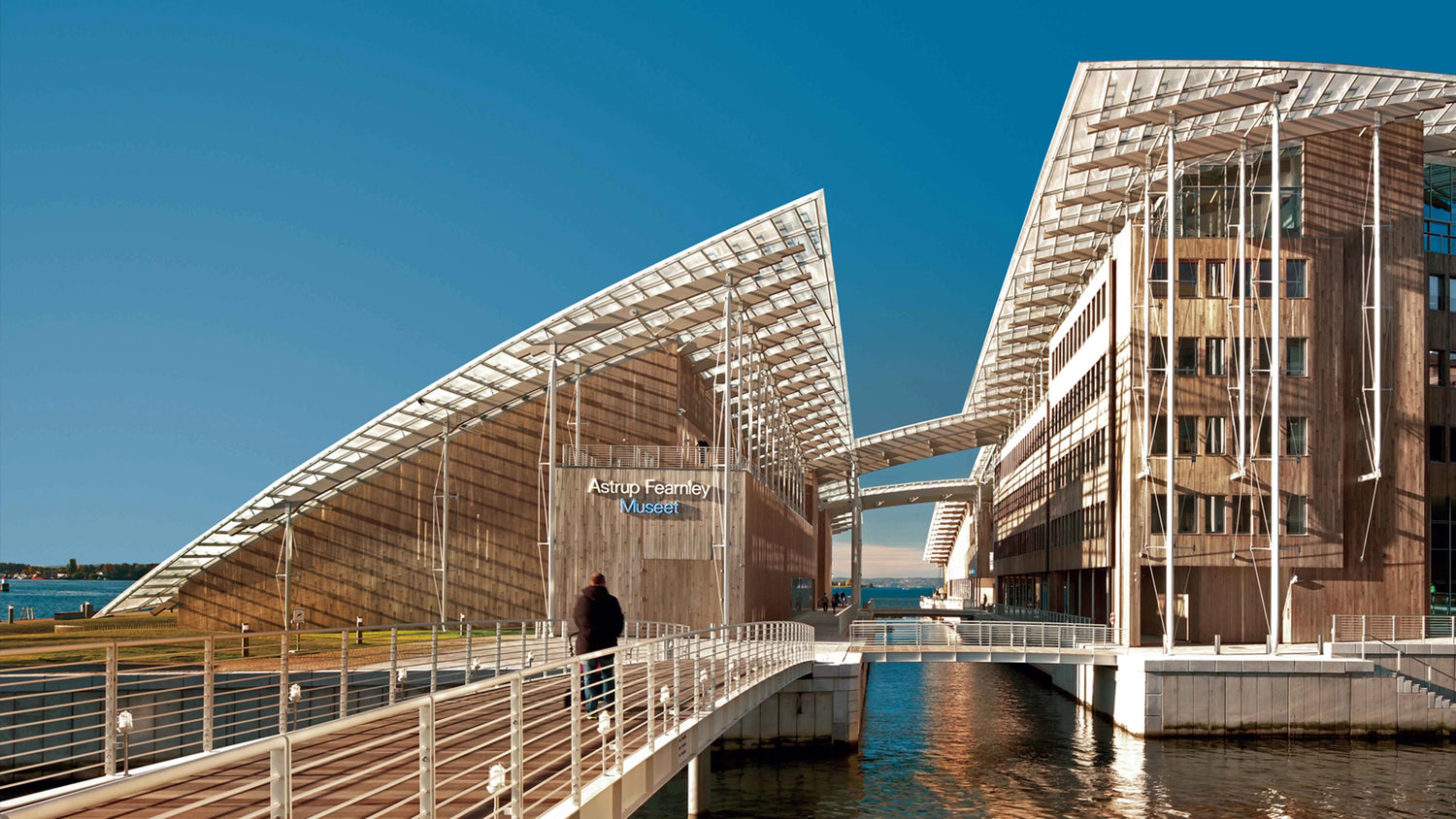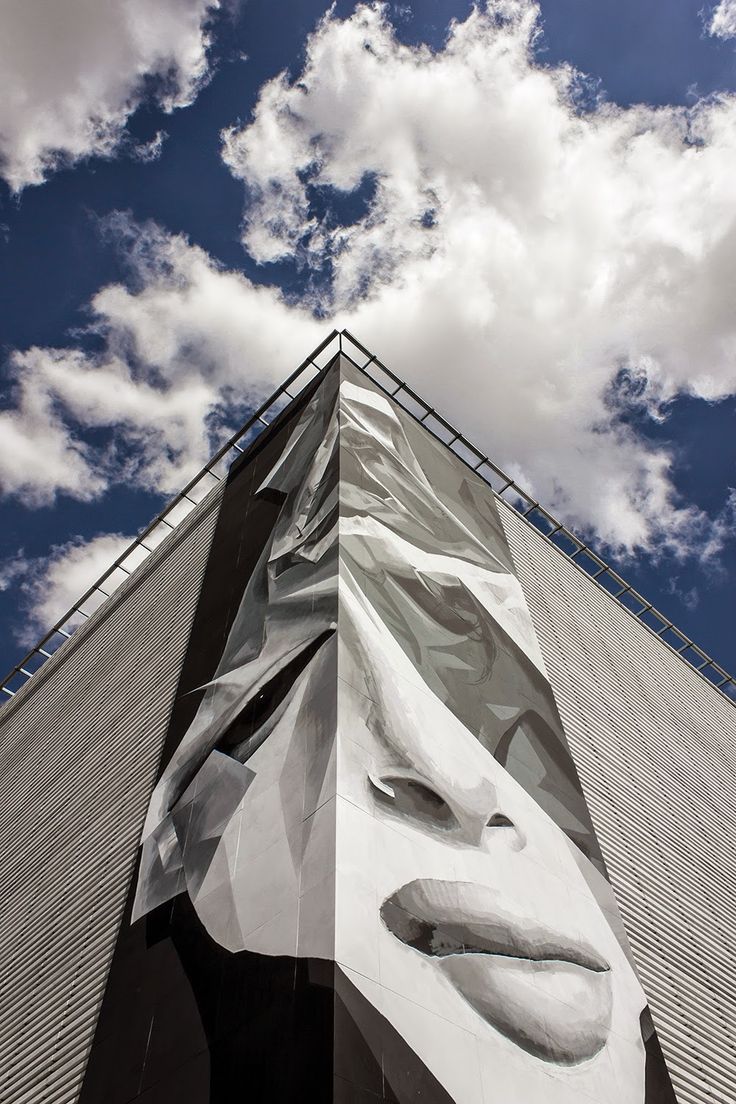Nanotechnology projects
Check out whats been happeneing in the world of Nanotechnology

Astrup Fearnley Art Museum in Oslo, Norway
The Astrup Fearnley museum of modern art is a privately owned contemporary art gallery in Oslo, Norway. It was founded and opened to the public in 1993 and was funded by two philanthropic foundations established by descendants of the Fearnley shipping family. The museum collaborates with international institutions, and produces exhibitions that travel worldwide. The museum created a stir in the international art world in 2002 when it purchased the American artist Jeff Koon's monumental sculpture in gilt porcelain of the pop star Michael Jackson with Bubbles, his favourite chimpanzee, for USD 5.1m.
After over 18 years in Dronningensgate 4, the museum closed its doors on the 31st December 2011 and it reopened on September 29th 2012 at Tjuvholmen in the center of Oslo. The world renowned architect Renzo Piano designed the new museum building. Large, modern exhibition spaces give the museum the possibility to continue its ambitious program of temporary exhibitions as it has at its disposition about 4200m2.
Since the architect and the customer wanted exposed concrete floors, SurfaPore C was the natural choice for its protection.

The Onassis Cultural Center in Athens, Greece
A marvel of architechture on Syngrou Avenue in Athens, is hosting the multifaceted cultural events organized by the Alexander S. Onassis Foundation, as well as by other notable institutions promoting the letter and fine arts. The building, with a surface area of 18,000m2, is being constructed on a lot of pricate land measuring 3,000m2, and covers and entire block.
The international competition for the design of the building attracted 66 candidates from all over the world. The winning design was put forward by the French architectural firm "Architecture Studio", which provided for a building 89 feet tall, faced with white marble and glass, in a reference to the minimalism demonstrated by Ancient Greek architecture. The building is destined to be a model of contemporary architecture. Its simplicity of volume and plainness of form have a powerfully monumental character. At the same time, the outside of the building lends it an expression of mystery, like changing scenery. By day, the white horizontal strips of marble on the facades reflect the light of Attica, producing a wave-like impression. The opposite happens at night, when the white marble strips are illuminated in a different way and the inside of the building becomes visible, revealing the shell surrounding the large performance halls.
SurfaPore C was used to protect the strips of unpolished white marble that are used to provide this magnificent wave-like effect outside the building.
